Thaiwan white Guava
₹199
Experience the tropical delight of the Thaiwan White Guava, a unique variety renowned for its exceptional sweetness and juicy flesh. This exotic fruit tree is not only a feast for the senses but also a valuable addition to any garden or landscape.
84 people are viewing this product right now
🔥 9 items sold in last 3 hours
The Thaiwan white Guava is a captivating fruit tree prized for its exquisite, sweet, and juicy white flesh. This unique variety offers a refreshing taste experience and adds a touch of exotic elegance to any garden.
Key Features & Benefits
- Delicious Fruit: Enjoy succulent, white-fleshed guava with a sweet and aromatic flavor.
- Ornamental Value: The tree itself is visually appealing with lush green foliage, making it a beautiful addition to any landscape.
- Easy to Grow: Relatively low-maintenance and adaptable to various growing conditions.
- Health Benefits: Guava is rich in antioxidants, vitamins (especially vitamin C), and minerals, promoting overall well-being.
- Versatility: The fruit can be enjoyed fresh, used in juices, smoothies, jams, or even cooked into desserts.
Plant Care Guide
Ideal Plantation Locations
The Thaiwan white Guava thrives in warm, tropical, and subtropical climates. It prefers well-drained, fertile soil with a slightly acidic pH. Suitable regions include areas with ample sunshine and moderate rainfall.
Planting & Gardening Instructions
- Location: Choose a sunny location with at least 6-8 hours of direct sunlight per day.
- Soil Preparation: Prepare the soil by loosening it and incorporating organic matter like compost or well-rotted manure.
- Planting: Plant the guava tree in a hole slightly larger than the root ball. Backfill with soil, ensuring the tree is planted at the same depth as it was in the nursery pot.
- Spacing: Allow sufficient space between trees for proper growth and air circulation, typically around 10-15 feet.
Watering
Water the tree regularly, especially during dry periods. Deep watering is crucial, ensuring the roots receive adequate moisture. Reduce watering frequency during the rainy season.
Fertilizers
Fertilize the tree during the growing season (spring and summer) with a balanced fertilizer rich in nitrogen, phosphorus, and potassium. Apply fertilizer according to the manufacturer’s instructions.
Repotting Instructions
Re-potting may be necessary for young trees to accommodate their growing root systems. Choose a larger pot with good drainage and use a well-draining potting mix. Repot carefully to avoid damaging the roots.
Fruiting Season
The fruiting season typically occurs during late spring to early summer.
Usage Ideas
- Home Gardening: A beautiful addition to any home garden, providing both ornamental value and delicious fruit.
- Landscaping: Use as a shade tree or to create a tropical oasis in your yard.
- Gifting: A unique and thoughtful gift for gardening enthusiasts.
Care Tips
- Pest Control: Monitor for common pests like fruit flies and scale insects. Use appropriate pest control methods as needed.
- Pruning: Prune regularly to maintain shape, remove dead or diseased branches, and encourage new growth.
- Mulching: Apply a layer of organic mulch around the base of the tree to conserve moisture, suppress weeds, and regulate soil temperature.
Only logged in customers who have purchased this product may leave a review.
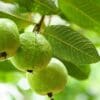
₹199
Related products
Designed, Developed & Maintained by Growww.
Copyright © 2024 Ashok Chakra Nursery

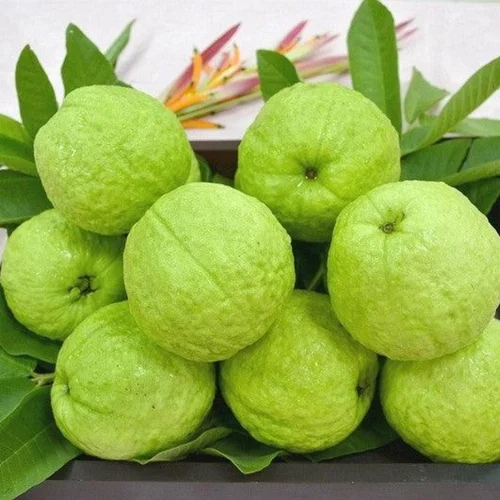
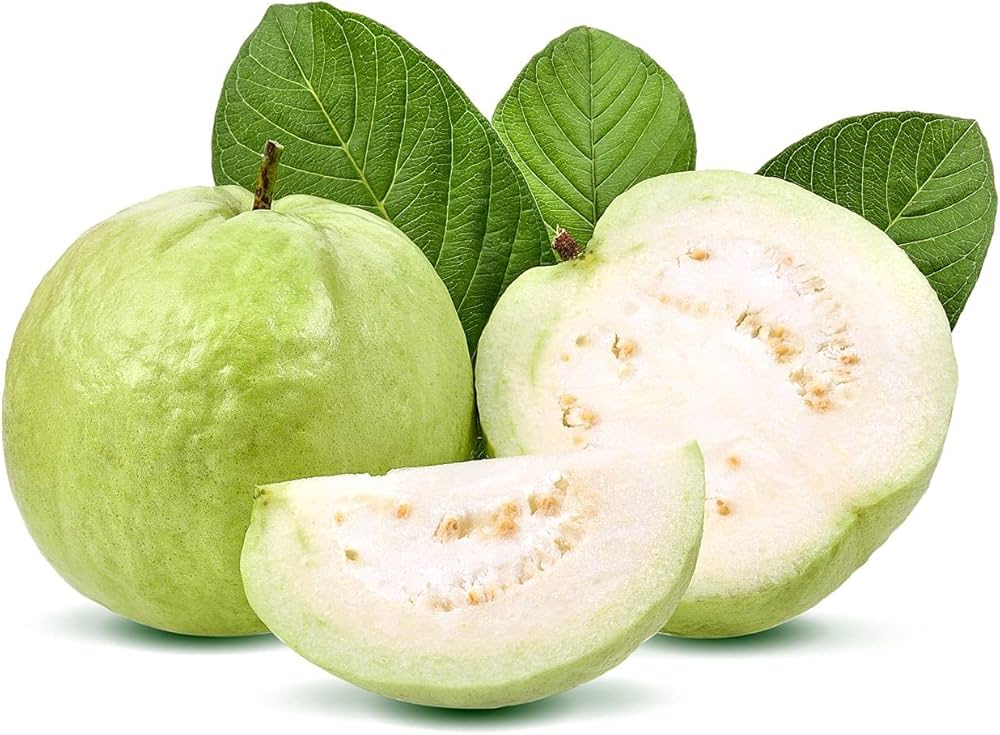
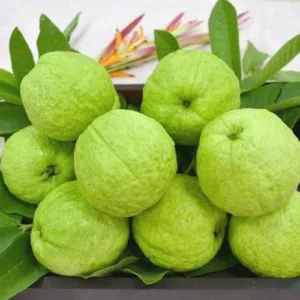
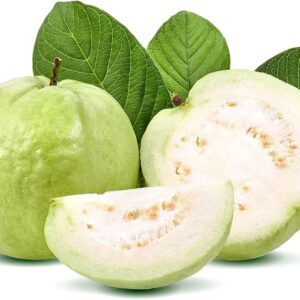
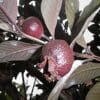
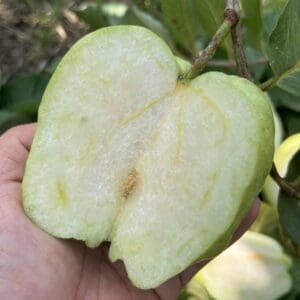
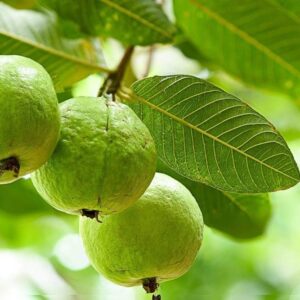
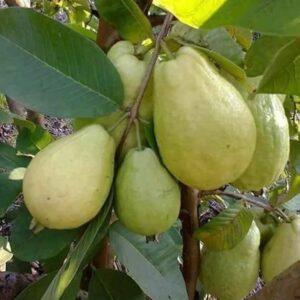
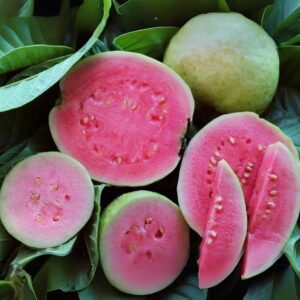
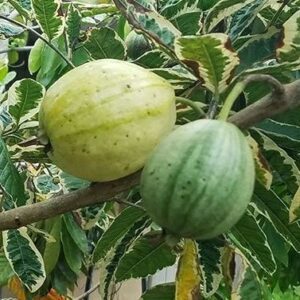
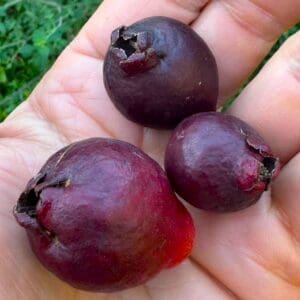
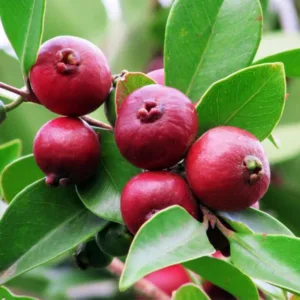
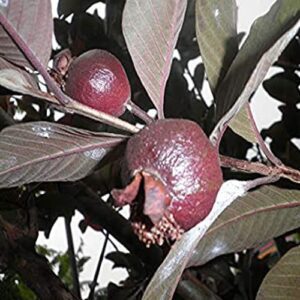
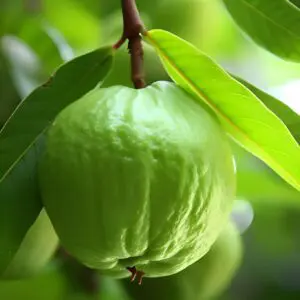
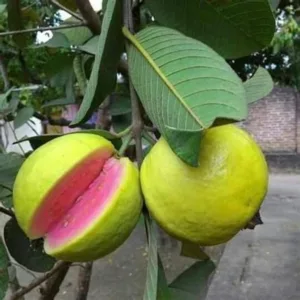
Reviews
There are no reviews yet.